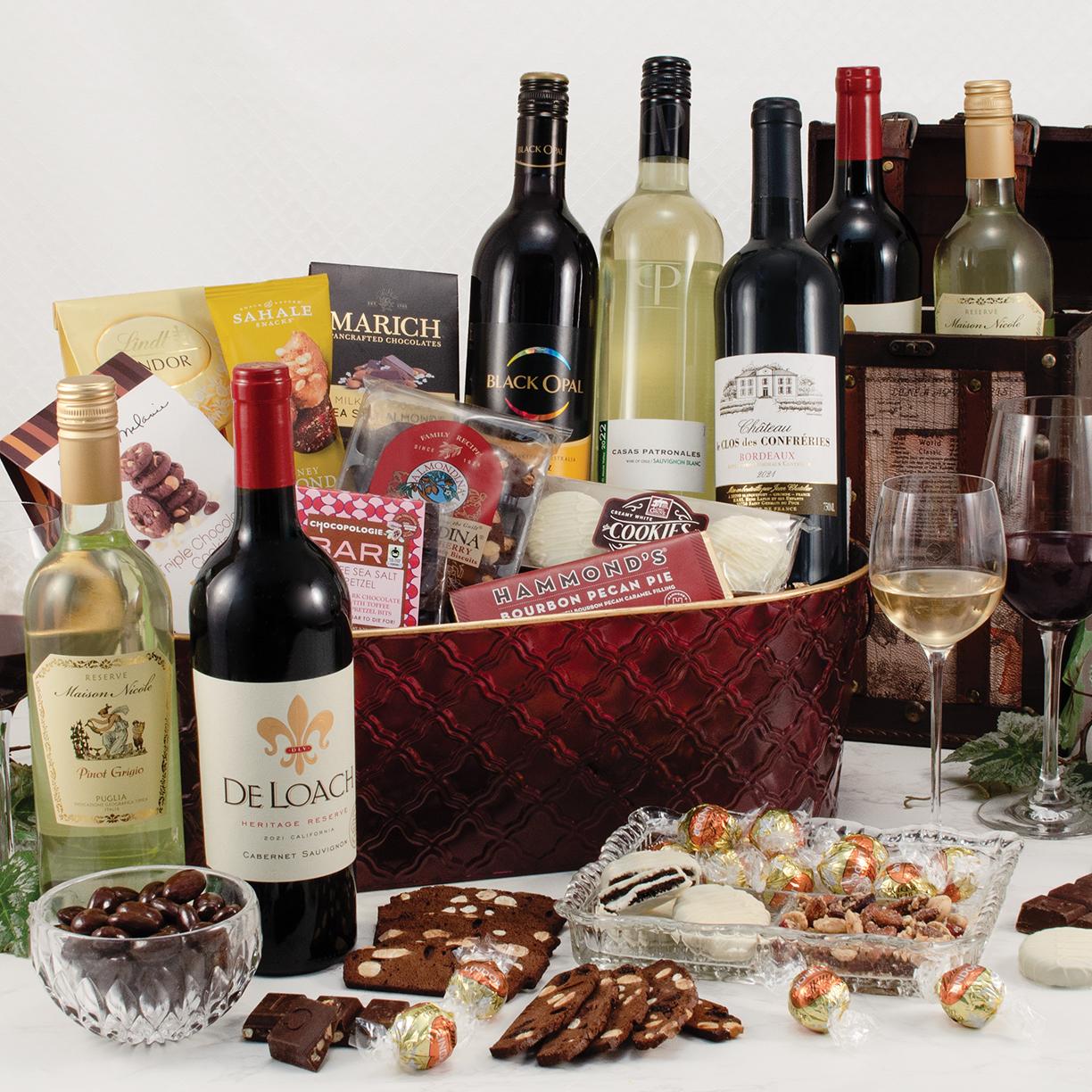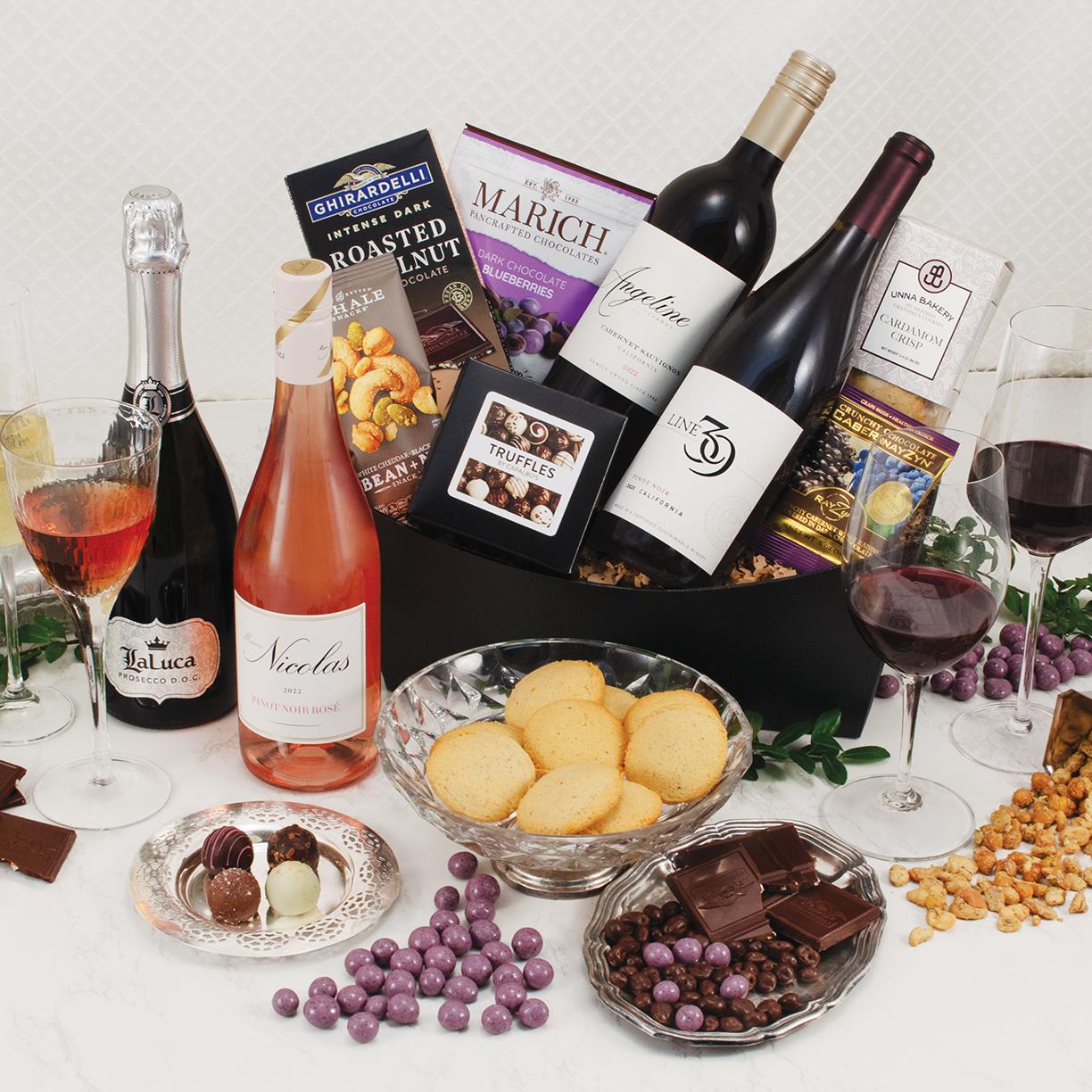Aldi Wine Deliveries: Affordable Quality to Your Doorstep

you’re sitting at home after a long day, imagining the perfect bottle of wine to unwind with. Now, what if that bottle could be delivered straight to your door? Sounds too good to be true? Well, Aldi has made this dream a reality! Yes, you heard that right—Aldi, the beloved discount grocery store, now delivers wine. And not just any wine—affordable, high-quality, award-winning bottles that rival those of higher-end retailers. But before you rush to place your first order, let’s dive into everything you need to know about Aldi wine deliveries and how it’s shaking up the wine world.
Why Aldi Wines are a Big Deal
Aldi has made a name for itself by offering high-quality products at low prices. The wine selection is no exception. What’s surprising is the amount of care Aldi puts into their wine selection. Their wines are handpicked from all over the world, ranging from crisp whites to bold reds, sparkling wines, and even vegan and organic options. And here’s the kicker: Aldi’s wines have been winning awards left and right. You’re essentially getting premium wine for a fraction of the price.
Some of their most popular offerings include Exquisite Collection Côtes de Provence Rosé, a light, summery option, or their Aldi Specially Selected Australian Shiraz, a bold, spicy red that pairs perfectly with a hearty meal. Most bottles are under $10!
Aldi Wine Delivery—How It Works
So, how does Aldi’s wine delivery service work? First, it’s not available in every location (unfortunately!). But for those who live in areas where it’s offered, it’s a game-changer. All you need to do is visit the Aldi website, select your wines, and place an order. The delivery service is powered by third-party partners, such as Instacart in the U.S. or other regional partners. Typically, your order can arrive as fast as the same day, depending on your location.
Most Aldi wines come in boxes of six. But don’t worry—you’re not locked into one kind of wine. You can mix and match bottles to create your perfect box! Whether you’re stocking up for a party or just need a few options for dinner, this flexibility makes it easy.

The Benefits of Aldi Wine Delivery
Now, why should you opt for Aldi wine delivery over making a trip to the store? Here are some reasons why this service is a win-win:
- Convenience: Let’s be real—sometimes, after a busy day, the last thing you want to do is head to the store. Wine delivery allows you to order your favorites from the comfort of your couch.
- Selection: Online, Aldi’s full wine selection is at your fingertips. You might find some varieties that aren’t available in your local store.
- Mix and Match: As mentioned earlier, you get the option to curate your own box of wine. Whether you want to try a variety or stick to a favorite, you’re in control.
- Perfect for Parties: Throwing a party? Skip lugging heavy bottles from the store and have them delivered right to your doorstep. You’ll have more time to focus on planning the perfect event.
Can Aldi Compete with Big Wine Retailers?
Aldi may be a discount grocery chain, but its wine selection is no joke. With affordable pricing and high-quality bottles, Aldi competes with bigger names like Trader Joe’s and Costco. In fact, some wine critics believe that Aldi offers even better value than these retailers. Many of their wines have been blind-tasted against more expensive brands and have come out on top.
Aldi also offers something unique—vegan and organic wine options. As more people turn to sustainable and eco-friendly choices, Aldi has kept up with the demand. Their organic range is not only good for the environment but also on your wallet!
Wine Delivery Etiquette
Wine deliveries are fantastic, but there are a few things to keep in mind:
- Age Verification: Wine delivery is a bit different from your typical grocery delivery. The person receiving the wine must be 21 or older in the U.S. (or the legal drinking age in your country), and a valid ID will be required at the time of delivery.
- Delivery Times: Check your delivery window to make sure someone is home to receive the wine. Aldi’s delivery partners are quick, but missing your delivery could result in extra charges or delays.
- Tipping Your Delivery Driver: While not required, tipping is always appreciated, especially if your driver navigates through tricky traffic or carries heavy boxes to your door.

Aldi Wine—A Perfect Gift
Here’s another thought: Aldi wine delivery is a brilliant gift idea. Whether it’s for a housewarming party, birthday, or just to show appreciation, having a box of wine delivered to someone’s doorstep is a thoughtful and unique gift. You could even include a custom message for that extra personal touch.
Looking for rare and unique wines for a special occasion? We’ve got you covered with our article on rare wine auctions and tips for the smart investor.
Final Sip: Aldi Makes Wine Shopping a Breeze
Aldi wine deliveries make getting good wine easy, affordable, and fun. Whether you’re a wine connoisseur looking for your next favorite bottle or just someone who enjoys a glass now and then, Aldi’s service brings quality right to your doorstep—no fuss, no hassle. So go ahead, pour yourself a glass, and toast to the beauty of affordable indulgence!























